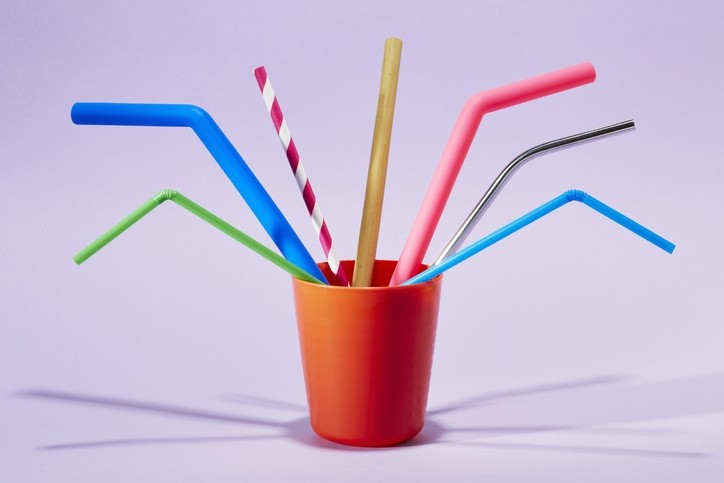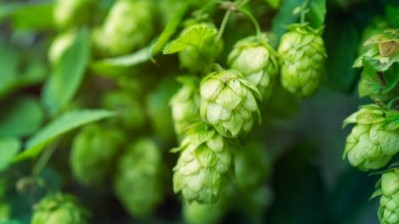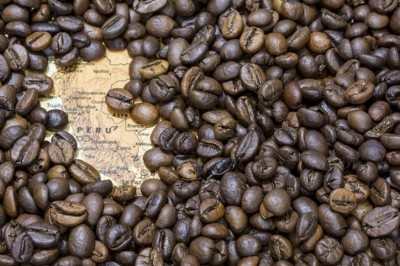Researchers develop bioplastic that could make ‘soggy paper straws a thing of the past’

The tech is ‘simple, scalable and low-cost’, say the researchers: and uses readily available and economical resources.
Downfalls of paper straws
As part of efforts to reduce plastic waste, new laws and regulations have taken aim at single-use plastic straws.
But researchers from the Creative Research Center for Nanocellulose Future Composites, at Inha University in Incheon, note that paper straws - often used as a substitute - have not been a resounding success: they “suffer from limited mechanical performance, are unsuitable for carbonated drinks, and often become soggy and collapse, translating into an obnoxious user experience.”
Paper straws can also affect the flavor of beverages, they add.
Other alternatives, such as metal straws, come with their own problems: such as the high energy cost and emissions associated with ore mining to their manufacture and the disposal options at the end of life. Cellulose-based straws, too, can be energy-intensive to produce.
However, some biopolymers, such as starch and lignin, are readily available as byproducts of other industrial processes and could serve as cheap bioplastic ingredients (lignin, for example, is a waste material from paper or pulping processes and a side stream of bioethanol and biorefinery concepts).
And lignin's natural strength can be used to help overcome starch's brittleness, especially when combined with a bio-based crosslinker, such as citric acid, say the researchers, as they combine the materials to create a plastic film.
To create the straws, the researchers - Dickens Agumba, Duc Hoa Pham and Jaehwan Kim - blended lignin with either potato starch or polyvinyl alcohol (a more traditional bioplastic material) then added citric acid. They spread the slurry into a thin layer, rolled it into a cylinder and cured it at over 350 F. The bioplastic naturally self-adhered at the seam, but heat treatment set it and made it even stronger. In tests, the cylinders were stronger than those made of polypropylene plastic, yet still flexible.
Despite their strength and stabilities, the straws ‘degraded significantly’ when left outside for two months.
The bioplastic film also offered UV protection, which could be useful for other applications, such as a coating for greenhouse windows.
As a result, researchers say that this material could not only reduce the amount of plastic waste in the environment, but also be used to create other, more sustainable bioplastic products from otherwise wasted materials.
“This green, economical, and scalable manufacturing process and the final products also demonstrate a closed-loop cycle, offering new avenues to engineer biobased, hydrostable, strong, UV shielding, and biodegradable materials from economical and sustainable biomass,” concluded the trio as they published their findings.
Source: Dickens O. Agumba, Duc Hoa Pham, Jaehwan Kim. Ultrastrong, Hydrostable, and Degradable Straws Derived from Microplastic-Free Thermoset Films for Sustainable Development. ACS Omega, 2023; 8 (8): 7968 DOI: 10.1021/acsomega.2c07797









